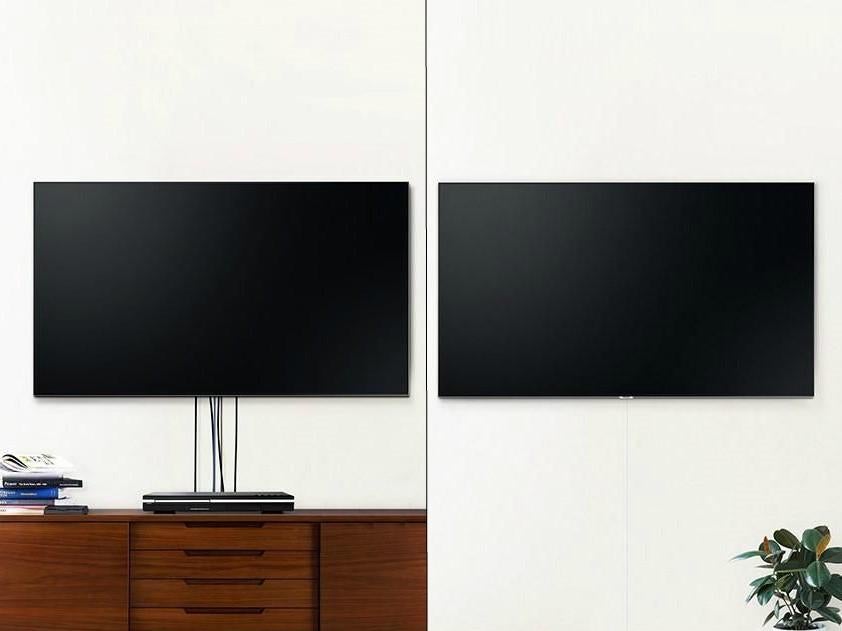Samsung plans 'world's first wireless TV'
New patent envisions a world without messy wires dangling behind the television

Your support helps us to tell the story
From reproductive rights to climate change to Big Tech, The Independent is on the ground when the story is developing. Whether it's investigating the financials of Elon Musk's pro-Trump PAC or producing our latest documentary, 'The A Word', which shines a light on the American women fighting for reproductive rights, we know how important it is to parse out the facts from the messaging.
At such a critical moment in US history, we need reporters on the ground. Your donation allows us to keep sending journalists to speak to both sides of the story.
The Independent is trusted by Americans across the entire political spectrum. And unlike many other quality news outlets, we choose not to lock Americans out of our reporting and analysis with paywalls. We believe quality journalism should be available to everyone, paid for by those who can afford it.
Your support makes all the difference.Samsung is working on what could be the world's first completely wireless TV, according to a new patent.
If successful it would eliminate the need for wires behind the device.
Instead it would receive energy from a wireless power transceiver in the shape of a sound bar, which could be hidden in a remote location nearby.
Samsung's patent, first spotted by Dutch tech blog LetsGoDigital, was first filed in 2018 but only became public this February.
It is among a number of television-based technologies Samsung is working on, such as roll-up TVs and a smart mirror TV.
The South Korean electronics giant has been developing ways to seamlessly integrate television sets into people's living rooms.
Last year, Samsung introduced Ambient Mode to its latest QLED TVs. This allowed the screen to blend into the wall behind it.
"TVs are turns on for only five hours a day on average, yet they occupy a large space on the wall in the living room," the firm said at the time. "This means TVs hang on the wall just as a black screen for more than 19 hours every day. With a TV turned off, it is easier to see dust or fingerprints on the screen – especially when the screen is large."
Efforts to minimise the visual impact of wires trailing behind the TV have also been made previously, with high-end sets now shipping with Samsung's OneConnect box.
It works by combining all the wires into one cable that can be threaded relatively tidily up to the TV.
Samsung already makes use of wireless power technology in some of its devices, including its flagship range of Galaxy S10 smartphones.
There is no word yet on when a wireless television might be released and Samsung does not comment on rumours surrounding unreleased products.
Join our commenting forum
Join thought-provoking conversations, follow other Independent readers and see their replies
Comments